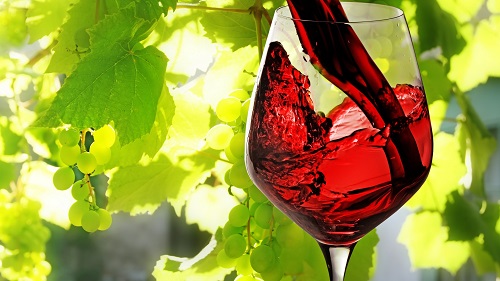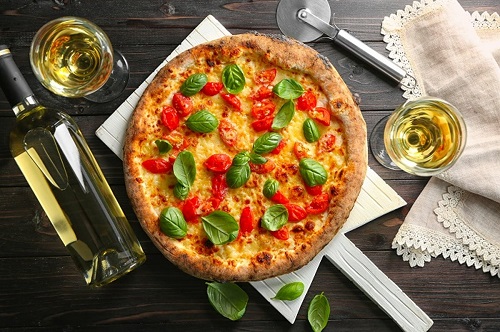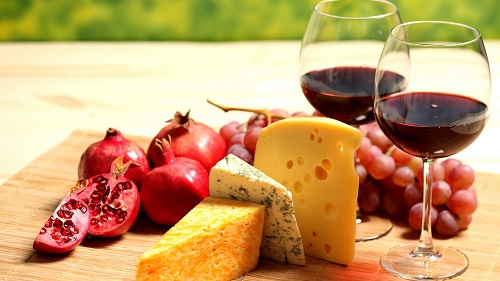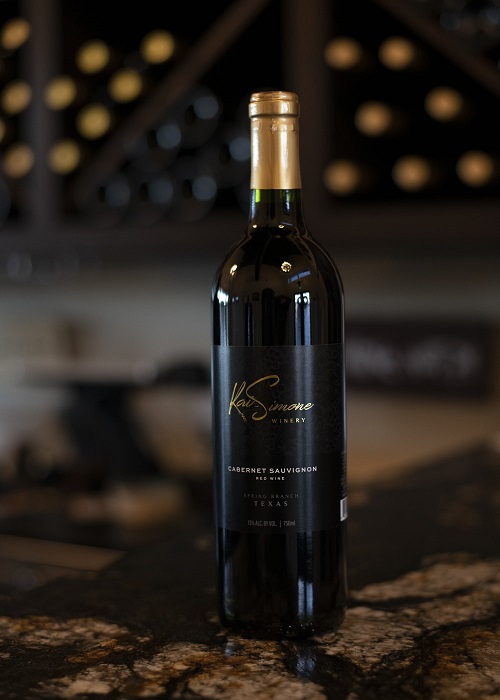The wine scenario in India has come a long way and thanks to the connoisseurs of good food and
high spirited dining we have all understood the ways of celebrating a wine not just for drinking but
for its use in cookery as well.
There are lot many ways in which you can use the flavour of the wine however there are a few
thumb rules to follow in order to cook with wine like a pro!
A wine could be used in many different ways like a cooking broth for soups and poultry, in poaching
of vegetables or fruits or fish, in marinades for roasts (as the wine contains acidic properties and
helps keep the meat moist and tender), as dressings for salads, as a finishing ingredient to sauces, to
add moisture while roasting and even in batters for frying and baking. Wine is great in desserts too.

Rule 1 – Quality
The most important is rule is to use a good wine. By that I mean a wine that is drinkable and not the
one which has gone bad due to oxidation, too acidic or the one that has lost all of its flavour. Always
remember good food comes from the best ingredients! That does not mean you use the most
expensive wine for cooking but the ones that are good enough to drink.

Rule 2 – Classic Combination
As many of you would probably be aware of the fact that both red and whites have
traditional/classical rules of pairing where reds are paired with heavier and stronger flavoured
ingredients like red meats and whites are paired with lighter meats like poultry, fish, seafood and
veggies.
This usually occurs as the red wines have a higher tannin content which has a slight bitter after-taste
(somewhat like in a coffee) and hence these go well with strong flavoured meats or heavier gravies.
The whites are more acidic (somewhat like a sharp taste that you get in a lemon) and hence they go
well with lighter flavoured meats and veggies.
However, once you have mastered the art of pairing food and wine you can always get a lot more
experimental by using wine in cooking Indian delicacies, gravies and biryanis.
The idea is to keep it subtle in order to compliment the dish and not over-power the other
ingredients.

Rule 3 – Dry vs Sweet
Differentiate between dry and sweet wines.
Dry wines are usually the ones where all of the natural sugars have been lost and hence are more
acidic or ‘crisp’; while the sweet wines are naturally sweeter. Ensure you know which wine you are
using while cooking in order to get the expected results.
Dry wines for savoury while sweet wines for desserts.

Rule 4 – Full bodied vs Light
A full bodied wine can match bolder tastes in stews, gravies and sauces with higher spice content
while a light wine does wonders in creamy, cheesy and mild flavoured gravies and sauces.

Rule 5 – Respect the wine
Wine like any other ingredient needs to be used in diligence. Too little and it won’t impart any
flavour and too much will surely mask the taste of your original dish.

Allow the wine to simmer in the food to impart all its flavours. Too little time or adding the wine
right towards the end will make the food taste both acidic and bitter.
Keeping these simple rules in mind am sure you will barely go wrong in cooking with wine.
However always remember to cook with a good mood (may be some wine can work here too!) as it
always shows in the food you cook.
BY- AKSHAY PANDIT
EXECUTIVE CHEF
CROWNE PLAZA JAIPUR



